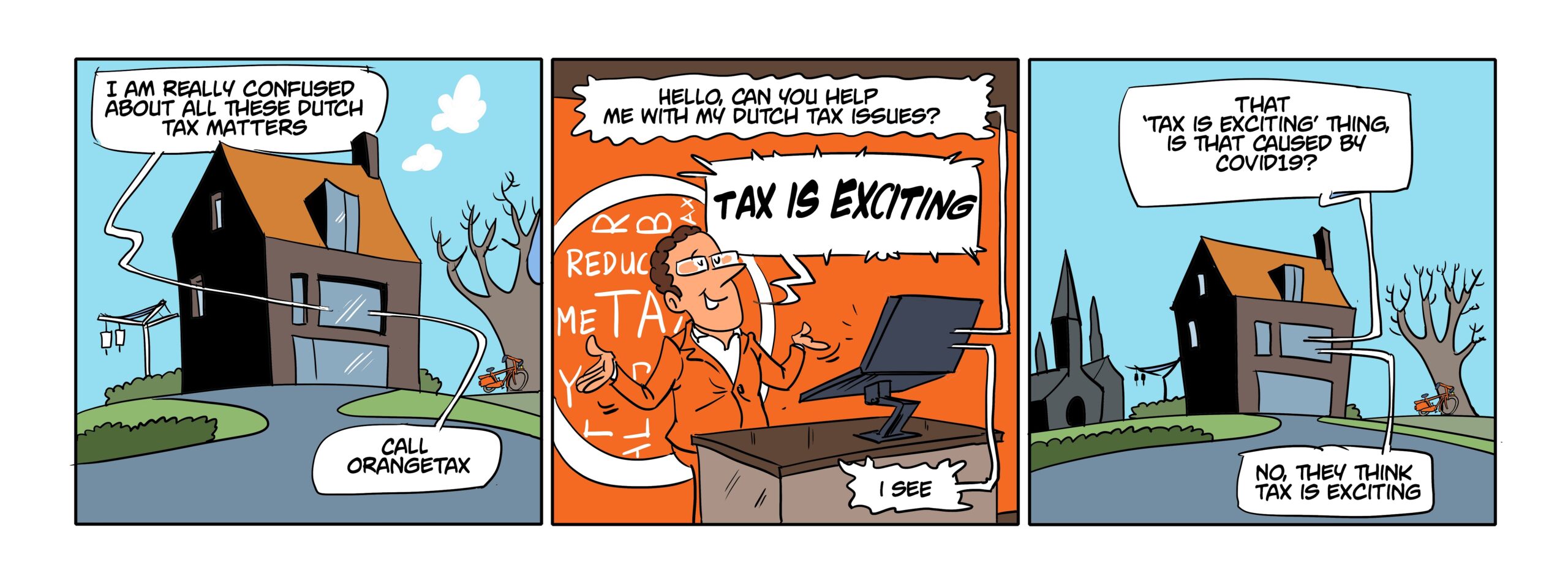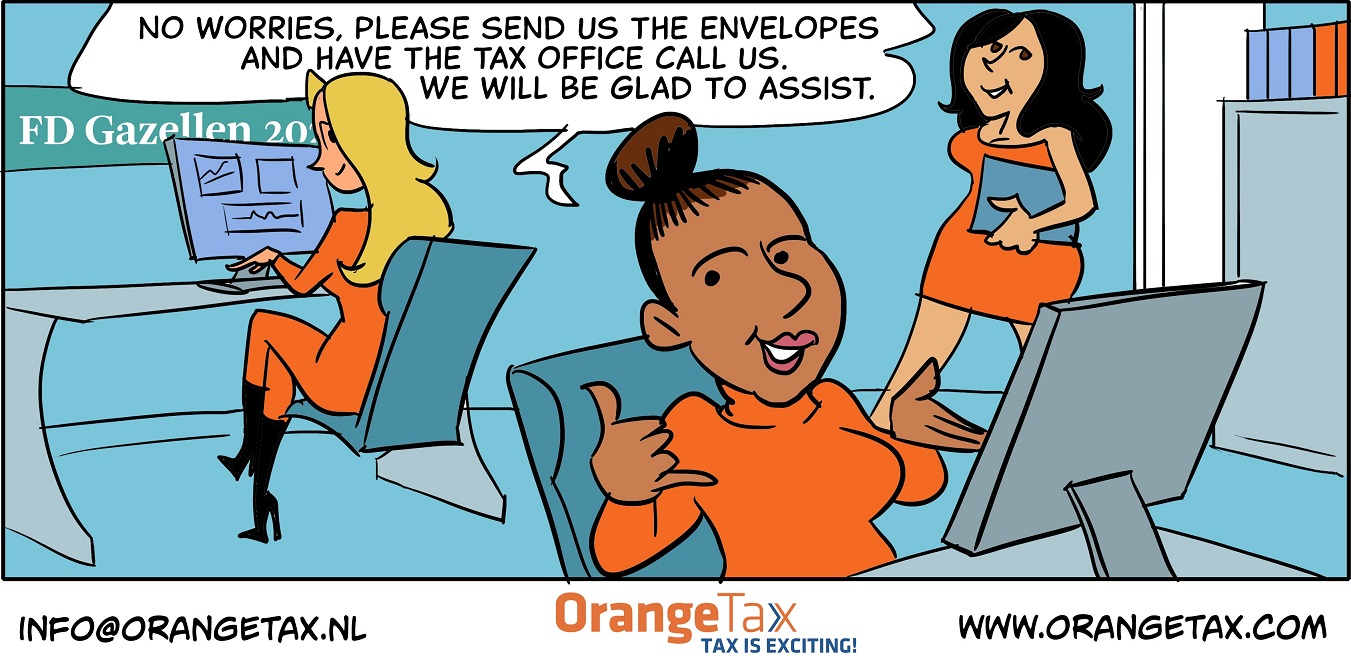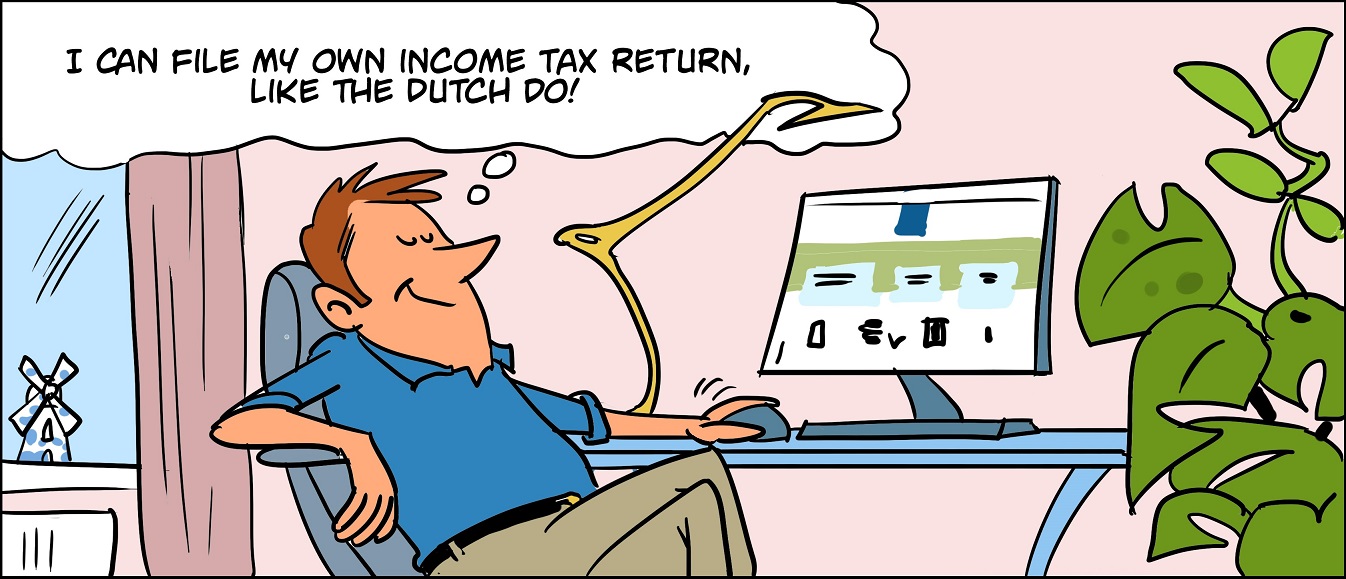Most entrepreneurs have a current account balance with their limited liability company. That is due to either the entrepreneur paying for costs of the company while the company has no money or the company has money and the entrepreneur spend more than his net salary.
Please note that this is regarded a loan. The entrepreneur can only take out money of the company via wage or dividend. Any other method is a loan.
The tax office has set specific rules for loans between the company and the entrepreneur. A loan is a loan when you agreed upon an interest rate that would have been agreed as well with a third party. The interest rate does not need to be the same as the one the bank uses, it can be lower, but needs to be business like nevertheless.
The entrepreneur needs to make a repayment scheme. The entrepreneur needs to provide collateral. If the latter two are not taken into account, then that is only possible if that is shown in the interest rate. The interest rate should be substantially higher if no collateral nor repayment is taken into account.
Besides the above mentioned rules the entrepreneur needs to actually pay the interest due over the loan to the company as per the agreed upon time (annually, quarterly, monthly).
If the above is not taken into account, the tax office will challenge the loan and state it is a dividend payment (net), which will be grossed up, plus penalty for not reporting. It is therefore key to have this covered or even better, to have a minimum as possible amount owed to the company.
A private entrepreneur working via a so called eenmanszaak cannot have the above situation, as the entrepreneur and the company are one and the same. You cannot loan to yourself.





